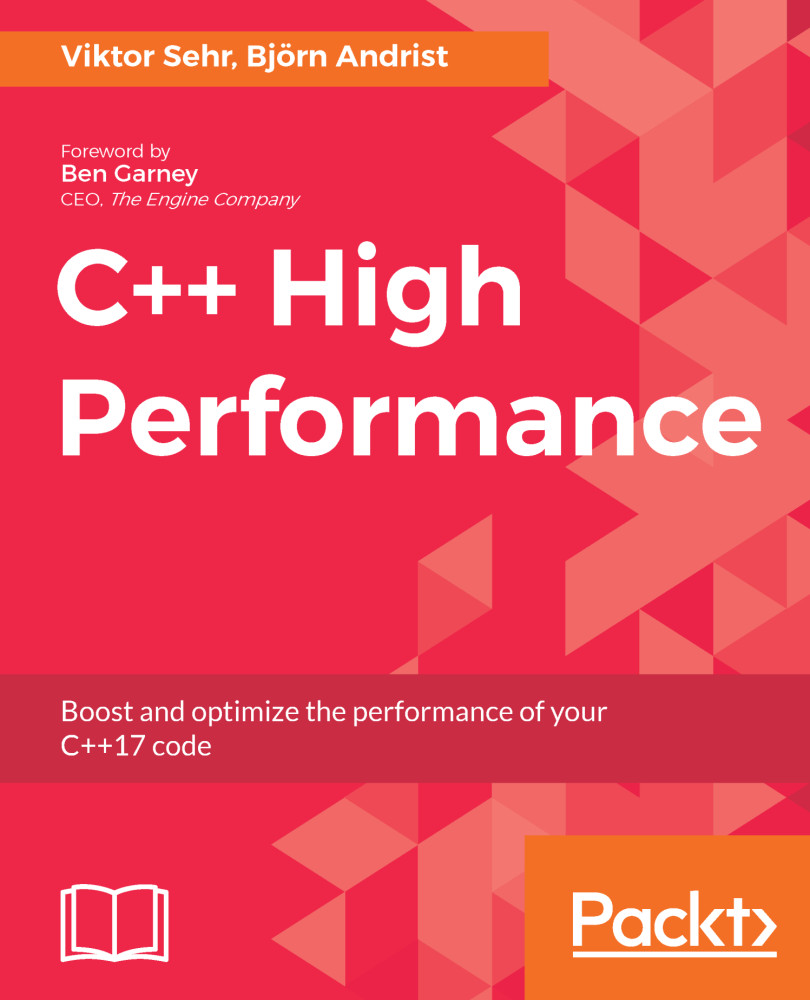As mentioned in Chapter 10, Concurrency, with parallelism we refer to programming that takes advantage of hardware with multiple cores. It makes no sense to parallelize algorithms if the hardware does not provide any of the benefits of it.
Therefore, a parallel algorithm equivalent of a sequential algorithm is algorithmically slower than the sequential. Its benefits come from the ability to spread the algorithms onto several processing units.
With that in mind, it's also notable that not all algorithms gain the same performance increase when run in parallel. As a simple measurement of how well an algorithm scales, we can measure:
- A: The time it takes to execute sequentially at one CPU core
- B: The time it takes to execute in parallel, multiplied by the number of cores
If A and B are equal, the algorithm parallelizes perfectly, and the larger B is compared...


